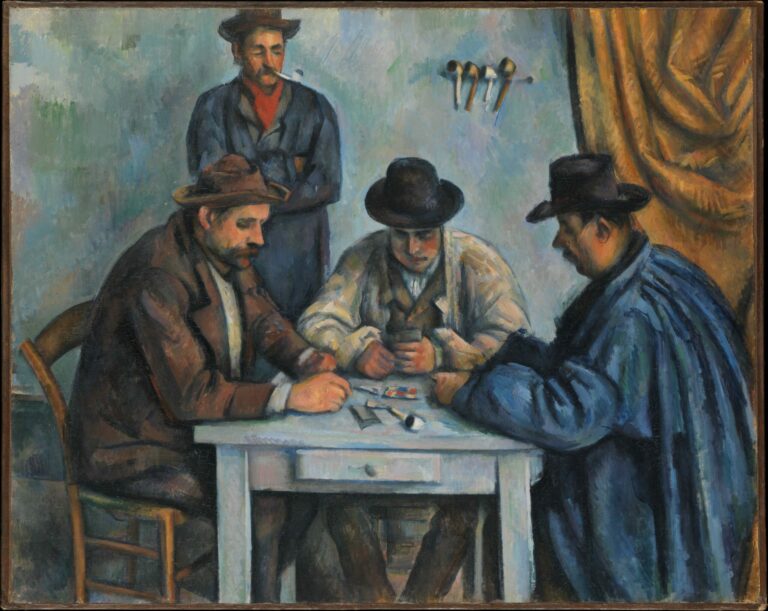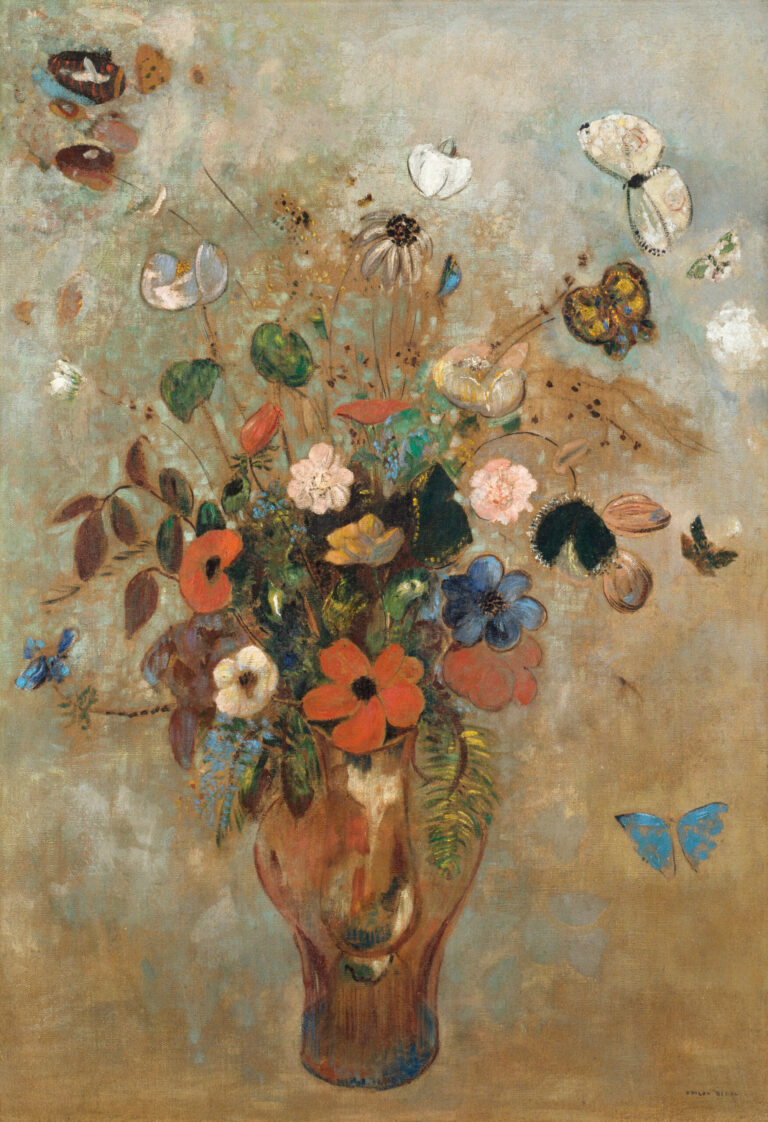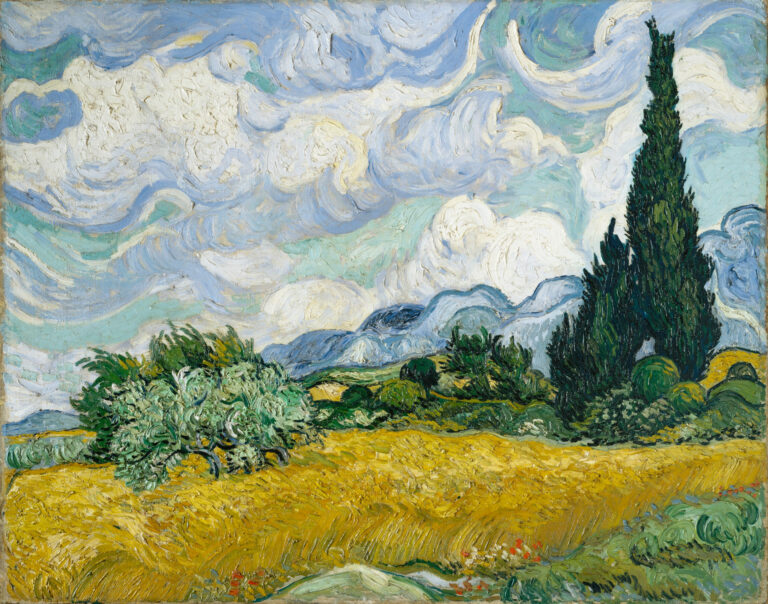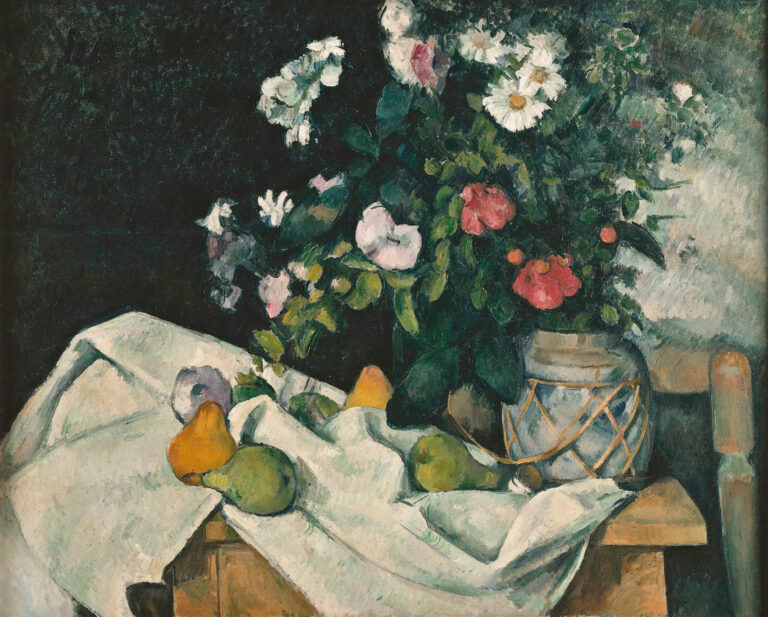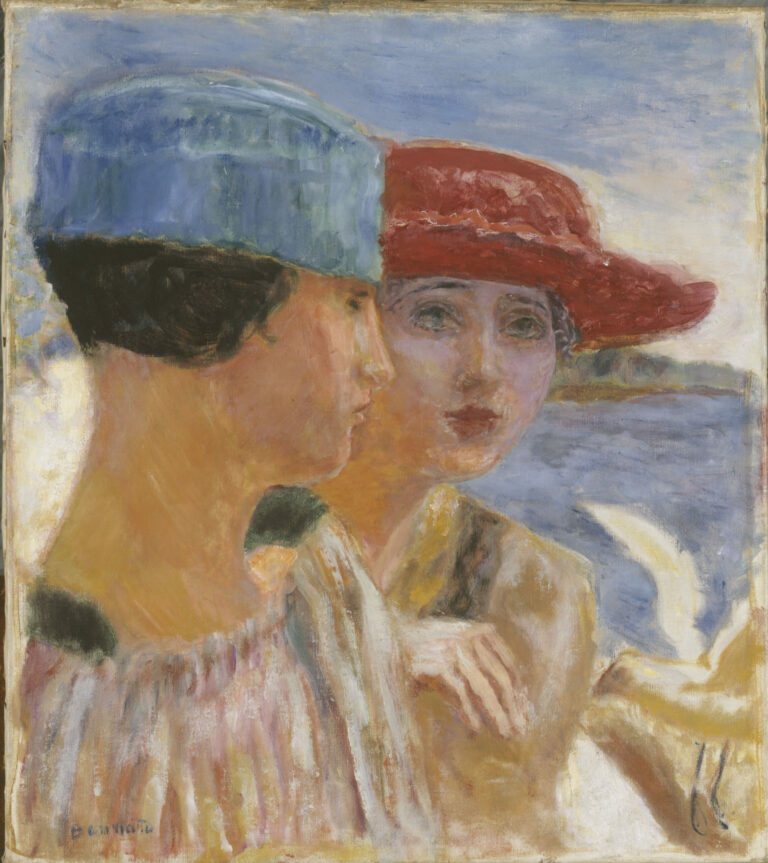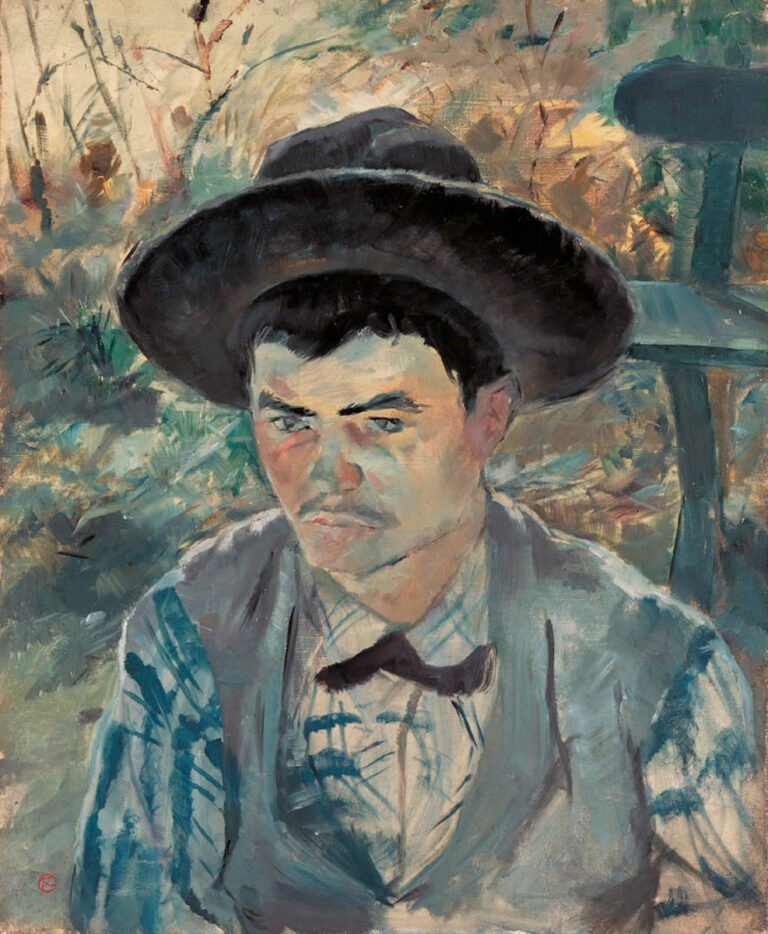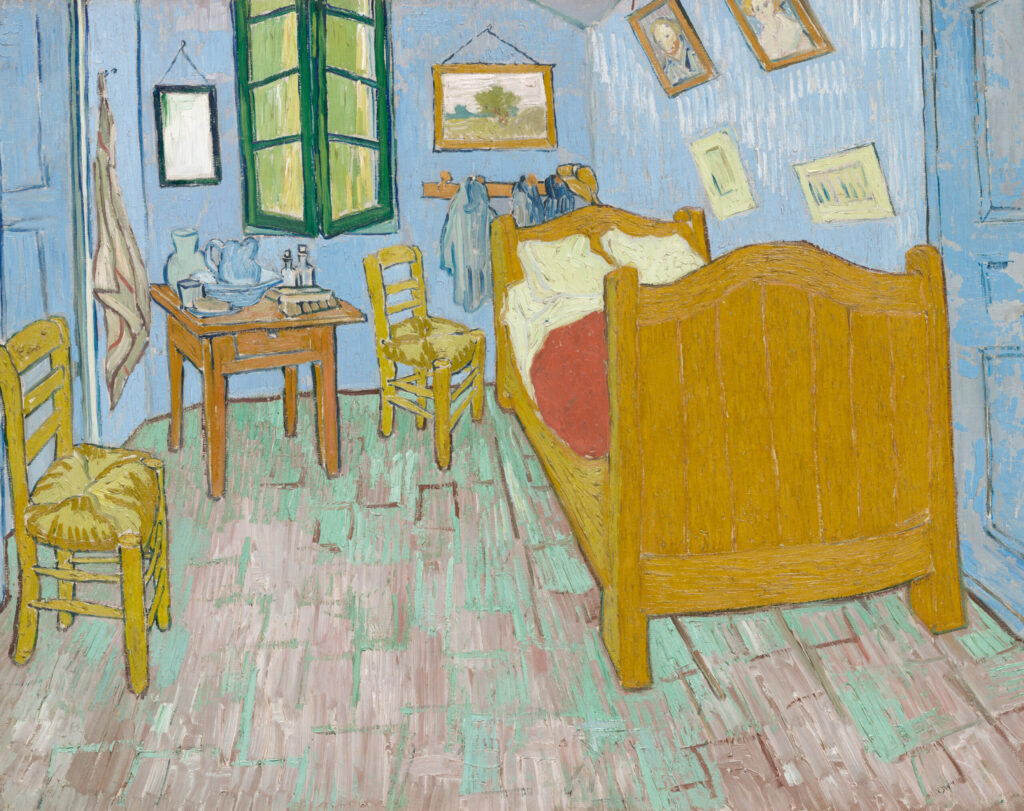
Vincent van Gogh’s Bedroom constitutes one of the most emblematic works of modern art. Painted in 1888 in his famous “Yellow House” in Arles, this canvas reveals the artist’s quest to “express absolute rest” through a revolutionary pictorial language.
Van Gogh employs pure colors in flat areas applied in “thick impasto” according to his characteristic technique. The spare composition is organized around the bed and rustic Provençal furniture. The receding perspective, deliberately distorted, creates a visual tension that contradicts the initial soothing intention. The everyday objects testify to the domestic intimacy rediscovered after years of wandering. This work, so precious in Van Gogh’s eyes that he created three versions of it, perfectly illustrates his genius: transforming a simple interior into an aesthetic manifesto.
To Learn More
- The Bedroom, 1889, by Vincent van Gogh
- 73.6 × 92.3 cm (29 × 36 5/8 in.)
- The Art Institute of Chicago – European Painting and Sculpture
- https://www.artic.edu/artworks/28560/the-bedroom
Vincent van Gogh (1853-1890), Dutch Post-Impressionist painter, remains one of the most fascinating and tragic figures in Western art. Son of a Protestant pastor, he first sought his calling in evangelization before dedicating himself entirely to painting from 1880 onwards. A passionate and tormented autodidact, he devoted only one dazzling decade to his art, producing works of rare emotional intensity. His revolutionary style, characterized by generous impastos, pure and expressive colors, and nervous, spontaneous brushwork, broke with the academic conventions of his time. Misunderstood by his contemporaries, he sold only one work during his lifetime and lived in near-permanent destitution, supported financially and morally by his brother Theo. His exceptional correspondence reveals a brilliant and cultured mind, haunted by the quest for meaning and artistic creation.

